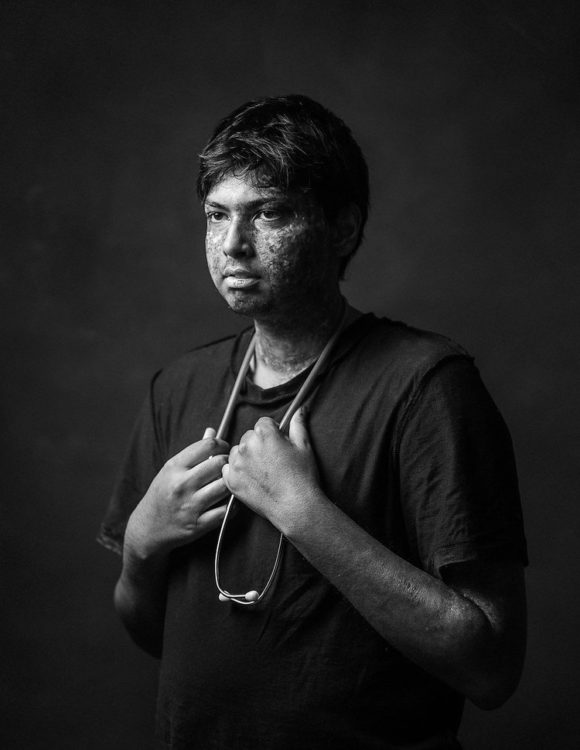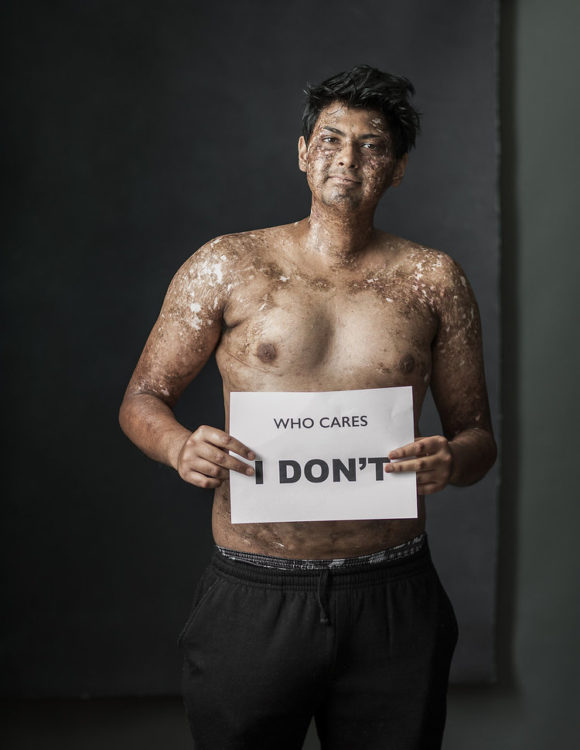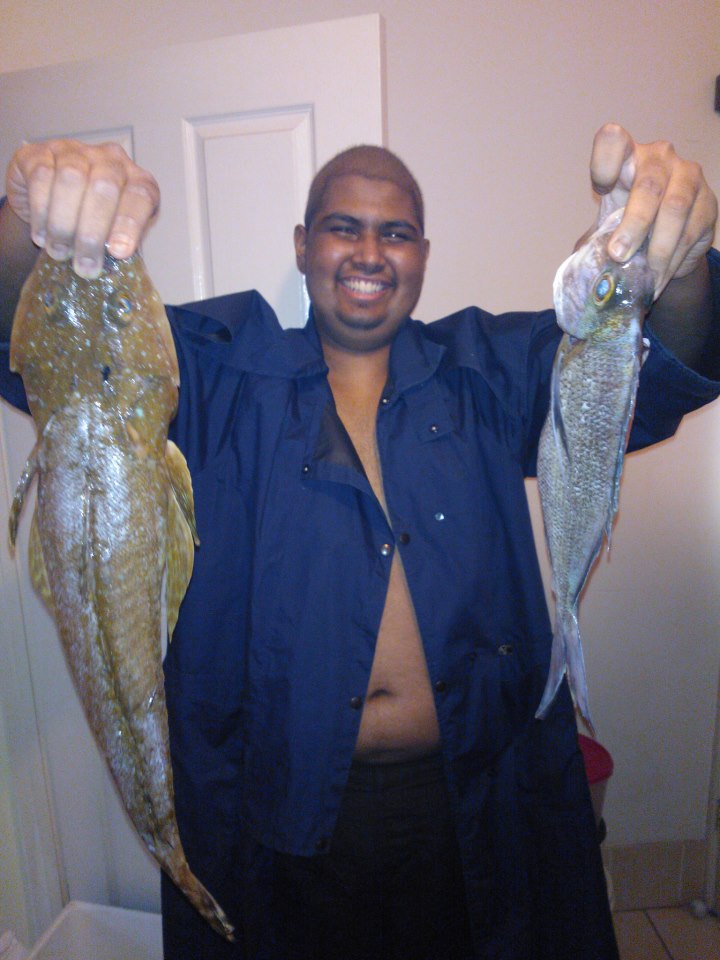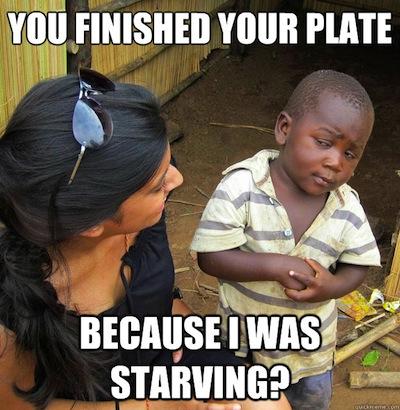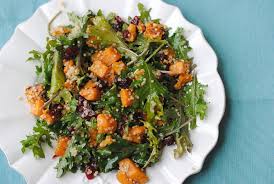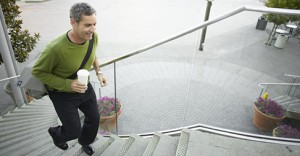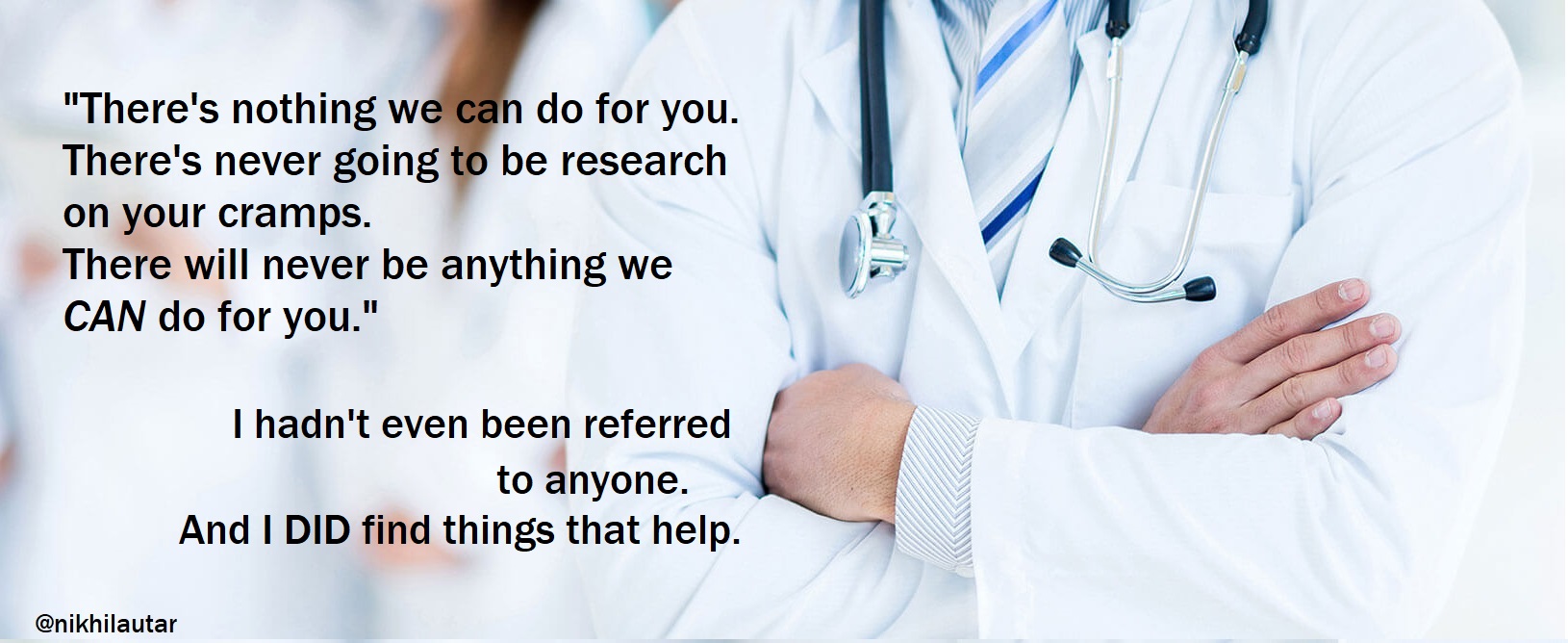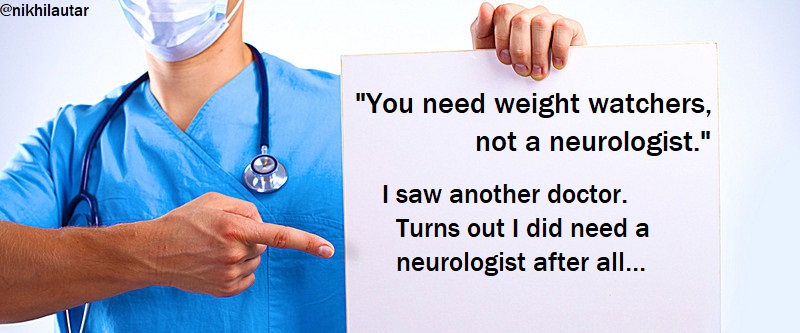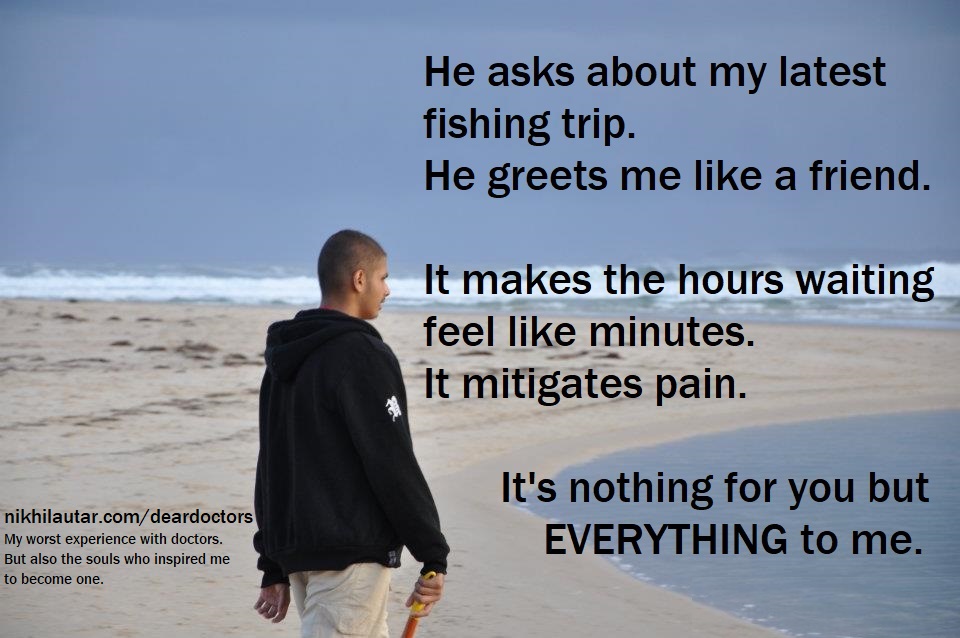So… what’s been going on you ask?
What’s with that chemo drug you were talking about on Facebook? I thought you said it wasn’t for cancer… and now you posted this?
Well, let me explain.
Recently I started a “chemotherapy” drug, but not for cancer.
It’s called rituximab – and it’s not only in brackets because it’s technically, in my case, not a chemotherapy, as it’s not “A chemical agent used in the treatment of cancers” (it was given for another condition I have – a side effect of my bone marrow transplant; chronic graft versus host disease. I’ll explain it in detail in a later post) but because it’s mechanism of action; the way it works is not in line with most chemotherapies.
Sure, it can have some of the nastier side effects of chemo – nausea, low immunity, diarrhoea; plus a few others (the reaction many, well, most patients have to it on the first dose can kill if a close eye isn’t kept on it), but many people tolerate it pretty well beyond that.
Me included, so I thought after the first infusion. My reaction to it was mild – only a bit of cold/cough symptoms and a slight tightening of the chest. But over the next few days… the worst side effect came on.
The cramping.
Now I’ve had cramps for a while now; at least 1 and a half years. Ones that come on spontaneously that strike anywhere, anytime (though usually more severely at night), and fast, but they leave me in pain and anxiety for ages. They’ve were bad enough to affect my overall outlook on life and whether it was all worth it for a while (I talked about how I deal with that here – don’t worry, I’m past that now) but since starting this medication… which is supposed to reduce them over time… they’ve gotten even worse.
The two days after my first dose, I cramped LITERALLY all day. In the arms, legs, shoulders, abs; everywhere. After the second dose, a week and a half ago now, I didn’t stop cramping the entire week.
But there was another side effect of it that I also was starting to notice. Shortness of breath. And one night… that got even worse than the cramping. The day before what should have been my third dose of the drug, I got up and, within a few, cramp-filled steps, was gasping for breath.
We were on high alert. Any odd signs, even one as tiny as a new cough, was cause for immediate concern and, if outside hospital hours, a trip to emergency, we were warned. It was 7pm… I’d just won a game of poker. So off to emergency we went.
Once we were in there and seen we were given a range of possibilities of what it could be and what they were looking for. An infection of some kind was possible; but given my lack of a cough or fever or any other sign of it, unlikely. A pericardial effusion? Maybe because of this mildly abnormal ECG scan… A pulmonary embolism… a detached clot lodging itself in my lungs, though unlikely, had to be ruled out. Whatever it was, it was clear that we needed a scan more thorough than an X-Ray. So I was booked in for a CT.
So there I lay, back in my familiar bone marrow transplant ward, only 2 rooms down from where I’d received my life saving bone marrow donation, awaiting the results, when this new doctor burst in and told me this news.
“Well… we got your CT back… Though it’s clear of any infections or PEs, there was a lesion found on the forth rib. The radiologists have said it has the features of a chondrosarcoma.”
For a second, I sat there frozen, taking it all in. A few years of medical knowledge and intuition came into play… and the cogs in my brain started whirring… chondro – something to do with cartilage… the tense look on the residents and medical students’ faces behind me meant something was up… sarcoma… a cancer… of the connective tissue.
Questions went racing through my mind, and before I knew it, firing off from my lips, as my confused parents looked to me and the registrar in charge.
“How do they know it’s a chondrosarcoma?”
“Well… they don’t definitively.. but there is some erosion in the bone, one that was there a few years ago, and it matches the features of it.”
“Could it be something else? An infection of some kind eating away at the bone? Some bad scan? Is it just a hunch?”
“Well probably not the former. Infections don’t look like that on scans. The latter… well… we’re still not sure. We’ll have to biopsy it to see.”
And with only a non-committal bye, she left. Leaving my confused parents and I wondering what the fuck just happened.
When I told a friend… he just said “You can’t catch a break, can you?” It certainly feels that way sometimes…
Still, it’s weird though. I didn’t have any pain, or sudden weight loss associated with this sorta thing. Not even when they poked at the site of it. My haematology (blood doctor) team and the orthopedists weren’t convinced by the scans at first, so they were sent off for an MRI and a full body scan (to both get more details on that lesion and see if there are any others elsewhere.
And that bone scan confirmed the worst. There is osteoblast and other metabolic activity in that eroded bone. Meaning that it is some form of cancer. And the orthopaedists were saying… given my history of acute myeloid leukaemia… that it could be a myelosarcoma. The Acute myeloid leukaemia, my original, EXTREMELY agressive cancer, could’ve been back, this time in my bones…
My reaction to this? Exactly the same as here:
Yeah… I may have cancer again. But, just like when I first got it, just like when I relapsed, just as I’ve done in every challenge, when pursuing any goal, just as I’ve done ANYTHING in life… I took a step back, put it all into perspective and decided to focus on what I could control, on what could help me, rather than all the negative emotions, worries and thoughts; than all those things I couldn’t. Because, as I always say, you’ll always have a second way of looking at things. And you will ALWAYS be able to choose how you deal with any situation. No matter how hard it seems… Indeed, once you see that second, more positive, constructive path… taking it becomes the only LOGICAL thing to do.
I went out and looked at all the evidence of this being the worst case scenario… my original leukaemia coming back. There wasn’t much in the way of evidence, bar a few isolated case reports of this happening in AML patients, and all of them had these bone manifestations at initial diagnosis, or relapse in cases where patients hadn’t had bone marrow transplants; whose main purpose is to maintain a constant immune barrier to cancers coming back. And given the fact that there was a small sign of this lesion there a few years ago, and the aggressiveness of AML – the chances of it being that were tiny.
And luckily my haematologists agree. **Phew** In the off chance it is that though… I’ve still got heaps of options. Even if it’s the worst worst case scenario… I’ve got one of my own. Over the last few months I’ve been looking seriously into cancer vaccine immunotherapies – thinking of a way of applying them to a wide range of cancers. There aren’t many therapies that attack all cancers… my methodology may well do that – it uses your own tumour cells to prime your immune system to recognise and kill your cancer cells. Perfect – because unlike many personalised therapies, such as this one, this doesn’t require huge imput and study of patients’ own tumour profiles and the subsequent design of a drug or therapy for it. A version of it has even been used in my disease – AML – with decent succcess. And my methodology takes into account many of the shortcomings and recommendations of that one – and adds more from others. Plus there’s another innovative component that’ll get another pathway of the immune system involved; and all of this is cost and time efficient. My own idea may end up saving me…
But the more likely, less sinister case – that it’s a chondrosarcoma, or some other, localised bone cancer I also looked into. And the good news about that – the 5 year survival rate for that is 90%. There may be post surgery radiation and chemo involved. Given my current situation, the graft versus host disease of the skin and other issues… it may be a bit more confusing, it may take longer than most patients. But hey! I’ll pull through!
I guess you could call me unlucky… getting a really bad… agressive cancer, relapsing with it, getting a precursor to a different, just as aggressive cancer and now getting YET ANOTHER CANCER isn’t exactly something you’d celebrate.
But when you take a step back and think about it from another perspective; I’m extremely lucky. Because if I hadn’t been cautious, and come in when I started getting that shortness of breath, if I hadn’t had that CT scan… we may never have found this til it was big enough to cause me pain, at which point… it could have spread elsewhere. where it’s virtually untreatable.
Well… that’s good and all. But that doesn’t change the hard part… the treatment, though. I guess we don’t really know the complete details of it yet. My orthopaedist, who specialises in bone tumours (in fact, he’s happened to treat a few people I’ve met through this blog, as well as a good friend I know in real life – so I feel very safe in his hands!) is saying that we should just remove the segment of the rib and biopsy it later to find out exactly what it is. Why go in for 2 surgeries, and have the risk of causing swelling and facilitating spread of potential tumour cells when you’re sure it is something that at the very least will progress to cancer, he argues. I guess he’s the specialist here, and everyone else is, so I’m inclined to agree.
The surgery is on tomorrow. Or failing that Thursday. And it’s gonna be painful as hell, I’ve been told. Not just the wound, which is gonna probably take longer to heal given my skin disease and steroid dosage, but the rib resection itself, which’ll probably leave me in pain every time I breathe. The cramps I get, which are only getting worse really (another major concern of my haematologists and neurologists now) could make that even worse. Cause they happen in the chest and back – places he’s planning to cut into. So that’s gonna be… uncomfortable (a word doctors use to say pain when they don’t want to say pain) to say the least…
There are some risks, my lung cavity could be pierced, there could be infections that come around with it.
But hey – I’m in great hands. And I’m choosing to see this, just as I have every other time, a minor inconvenience that’ll lead to me being healthier and happier in the long run. As I’ve said before here… and as I spoke about here… fear can be paralyzing…
But it’s not only normal to feel that way about things like these… and knowing of, and acknowledging it isn’t scary… it’s the best thing you could do for yourself. Because when the hard times come over the next few days of surgery and weeks of recovery… I’m not gonna crash down into despair… I’m gonna look at the big picture. What this is all for. And I’m gonna get through it. Like I always have!
Thanks to everyone for those amazing messages and all the concern, and to all those friends in real life visiting too. Keep them going! Cause they’ll keep me going over the next few weeks I’m sure! I’ll keep you all updated but don’t worry – in the meantime – I’ll still be busy. I’ll still keep working on those projects I’ve been hinting at. Cause hospital’s boring. This may well get me working more efficiently than ever on it (IF I’m not high on morphine all the time that is =P ).
Thanks again everyone – and please don’t worry. I’m in good hands. My doctors, my nurses, my parents, and my own. Share this, or this sentiment around, and I hope it helps others going through their own tough times too.


